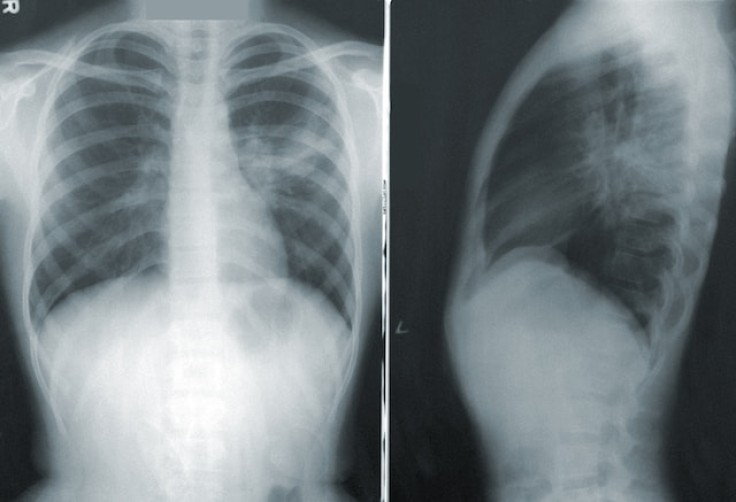
Amid an alarming outbreak of pneumonia among children in Ohio, health experts across the United States and other parts of the world are observing a rise in cases of this lung infection. However, they emphasize that such increases are not unusual for this time of the year and advise against panic.
Pneumonia, a serious infection of the lungs, tends to peak during the fall and winter months, coinciding with the respiratory virus season. A recent outbreak in multiple schools in Warren County, Ohio, and surges in countries like Denmark, China, and the Netherlands have raised concerns.
However, health authorities state that there is no evidence to suggest that these incidents are interconnected or indicative of a wider spreading trend. Notably, children have been disproportionately affected by these outbreaks.
Seasonal Trends in Pneumonia: Understanding the Fall and Winter Surge
In the United States, experts reassure that the current pattern of pediatric pneumonia cases aligns with typical seasonal trends.
Dr. Mandy Cohen, Director of the U.S. Centers for Disease Control and Prevention, noted in a recent press call that the current rates of pneumonia-related emergency department visits among children are consistent with previous years. Data shows that while there is a slight elevation in pneumonia rates among school-age children, these figures are comparable to those observed in pre-pandemic years.
Despite the general trend, Warren County in Ohio presents an exceptional case, with 145 reported pneumonia cases in children aged 3 to 14 since August. Symptoms have included fever, cough, and fatigue, but no deaths have been reported. The severity of these cases mirrors those in previous years, according to local health officials.
The outbreak in Ohio is attributed to common germs that cause pneumonia annually, including influenza, respiratory syncytial virus (RSV), and mycoplasma bacteria.
Internationally, countries like China, Denmark, and the Netherlands are also experiencing increases in respiratory illnesses and child pneumonia cases. However, Dr. William Schaffner, a professor of infectious diseases at Vanderbilt University Medical Center, confirms that there is no evidence linking these outbreaks to the one in Ohio or to a broader national or international trend.
Pneumonia, which can range from mild to severe, is caused by various agents, including viruses, bacteria, and fungi. In the U.S., common viral causes include the flu, RSV, and COVID-19. Bacterial pneumonia is often caused by pathogens such as Streptococcus pneumoniae, Haemophilus influenzae, and Mycoplasma pneumoniae, particularly among children.
Read also: Flu Surge Spreads: RSV Peaks, Ongoing COVID-19 Hospitalizations Prompt Health Official Warning
Mycoplasma Pneumonia: A Common Culprit in Child Pneumonia Cases
Mycoplasma pneumonia, a common cause of pneumonia in children, is sometimes referred to as "walking pneumonia" due to its generally milder symptoms and the higher activity level of patients. It is characterised by cycles of outbreaks in communities or geographical areas every few years, with no clear explanation for its periodic surge.
Understanding pneumonia symptoms is crucial for timely diagnosis and treatment. Common symptoms include fever, chills, cough with mucus, shortness of breath, fatigue, rapid breathing, chest pain, loss of appetite, and nausea. In severe cases, symptoms may worsen, necessitating medical attention.
Treatment for pneumonia varies based on the causative agent but often involves antibiotics or antivirals, along with supportive care. Most cases can be managed at home, but hospitalisation may be required in more severe instances. Vaccines are available for certain types of pneumonia, and health experts advocate for staying up-to-date on vaccinations, including the flu shot and COVID-19 booster.
In conclusion, while the current rise in paediatric pneumonia cases, both in the U.S. and globally, warrants attention, it falls within the expected seasonal patterns. Health officials encourage awareness of symptoms and preventive measures but reiterate that there is no cause for widespread alarm.